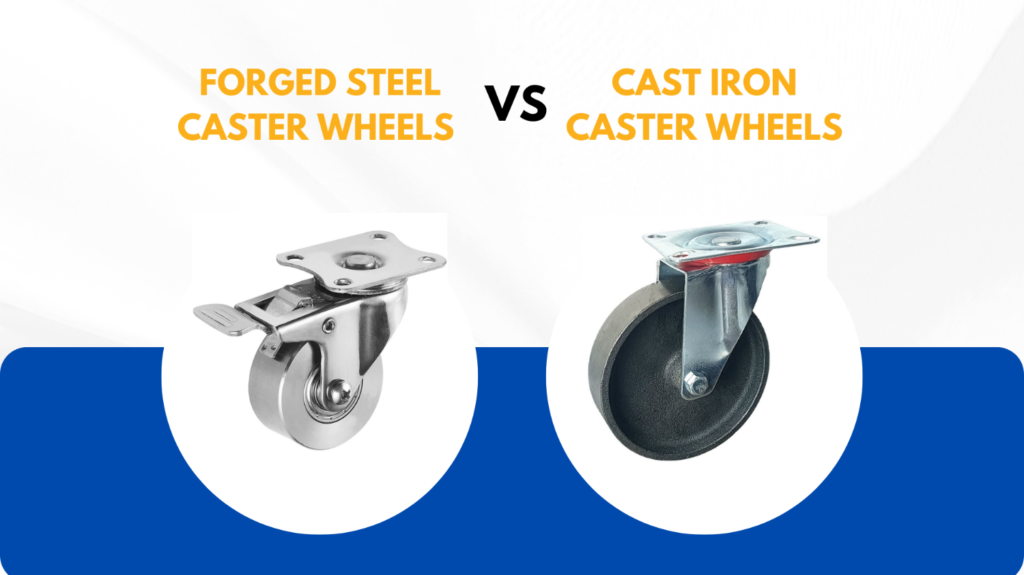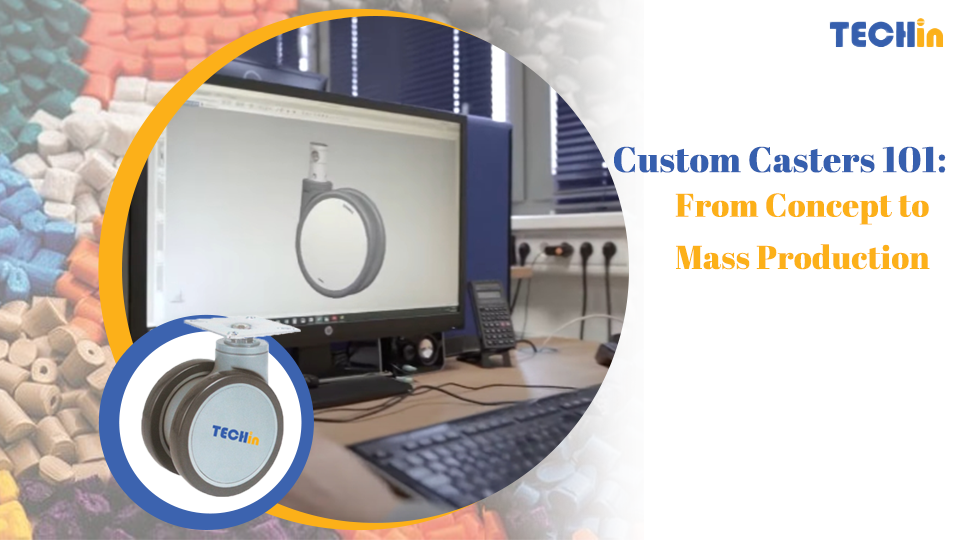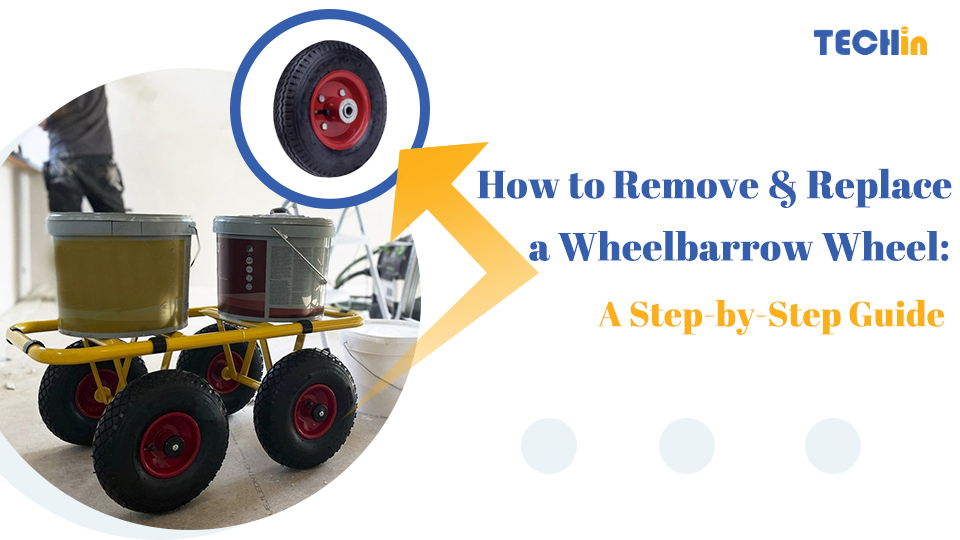When it comes to industrial equipment, picking the right caster wheel is a big deal. A lot of people get hung up on whether to go with forged steel or cast iron caster wheels. Both have their pros and cons, and both are better for different applications. In this guide, we’re going to break down the pros and cons of each so you can make an educated decision.
Forged steel caster wheels are highly durable, ideal for applications with significant shock loading, and can be heat-treated for increased hardness. Cast iron caster wheels, on the other hand, are cost-effective, have high load capacities, and are abrasion-resistant but lack the toughness and impact resistance of forged steel wheels.
Let’s get into the nitty-gritty of each type of caster wheel and how they’re made.
Pros and Cons of Forged Steel Caster Wheels
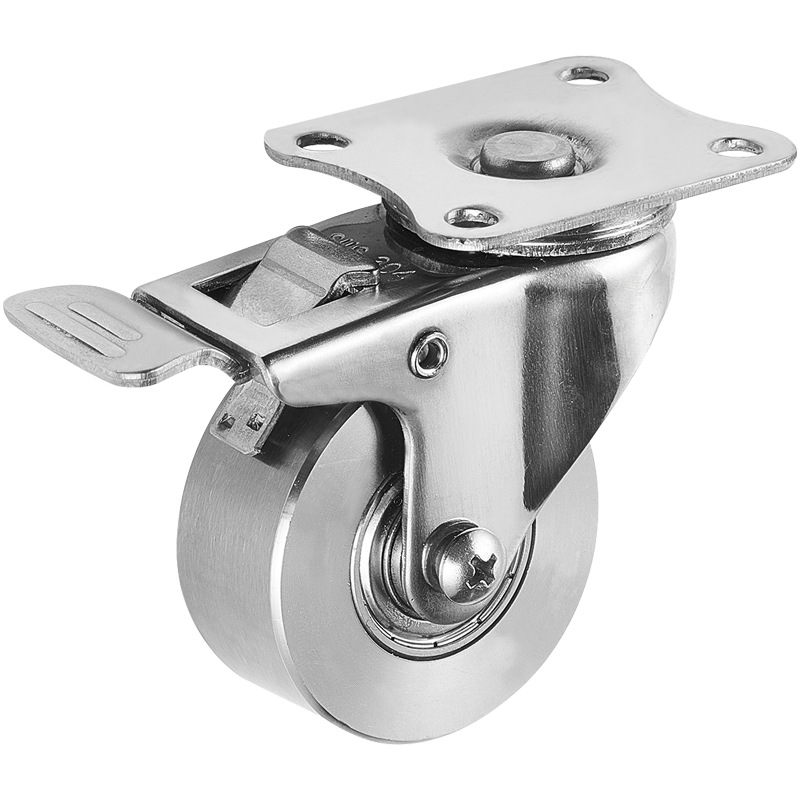
Forged steel caster wheels are renowned for their strength and durability. Here are some of the key advantages and disadvantages:
Pros:
- Durability: Forged steel wheels are incredibly strong and can withstand heavy loads and severe conditions. This makes them suitable for industrial environments where they might be subjected to rough surfaces and high stress.
- Shock Resistance: They are excellent for applications with significant shock loading, such as in manufacturing plants or warehouses where heavy items are frequently moved.
- Heat-Treatment: These wheels can be heat-treated to enhance hardness and durability further, making them resistant to wear and deformation over time. This process improves their performance under high-stress conditions.
- Wear Resistance: Forged steel offers superior wear resistance compared to other materials, ensuring a longer lifespan even under harsh conditions. This reduces the need for frequent replacements, saving on maintenance costs.
Cons:
- Cost: Forged steel wheels are generally more expensive than other types of caster wheels due to the intensive manufacturing process. This higher initial cost can be a consideration for budget-conscious buyers.
- Weight: They are heavier, which can be a disadvantage in applications where weight is a critical factor or where ease of movement is necessary. This additional weight can also affect the overall load capacity of the equipment they are used on.
- Noise: Forged steel wheels can be noisier during operation, which might be a concern in environments where noise levels need to be minimized, such as hospitals or office buildings.
How to Manufacture Forged Steel Caster Wheels
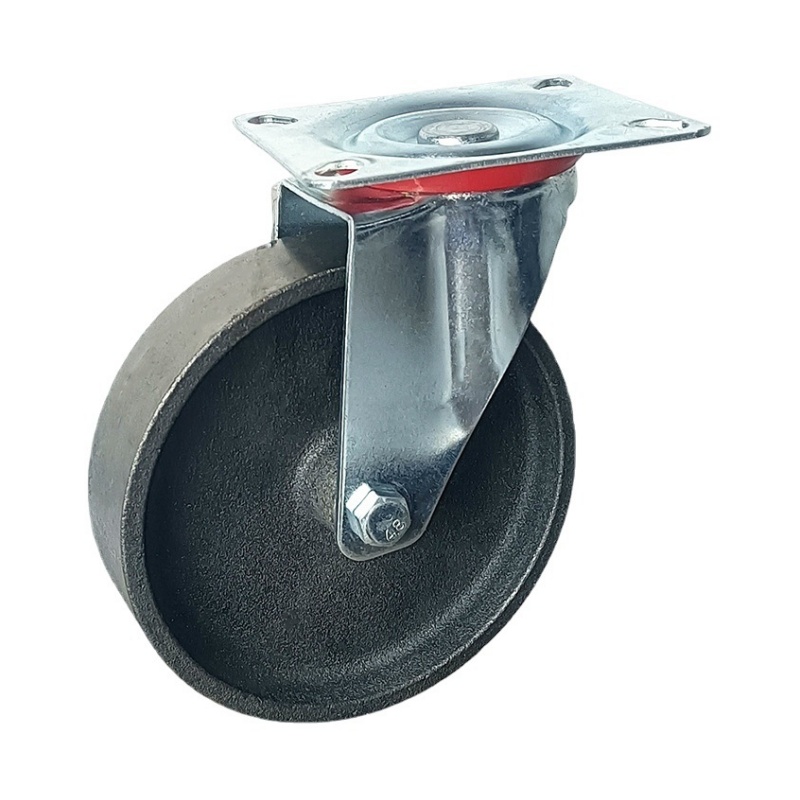
The manufacturing process of forged steel caster wheels involves several key steps:
- Raw Material Selection: High-quality steel is selected as the base material to ensure strength and durability. This raw material is crucial as it determines the overall quality of the final product.
- Heating: The steel is heated to a high temperature until it becomes malleable, typically using a furnace. This heating process must be carefully controlled to ensure the steel reaches the right temperature.
- Forging: The heated steel is then forged into the desired shape using a hammer or press. This process aligns the grain structure of the metal, enhancing its strength and toughness. Forging can be done using different techniques, such as open-die or closed-die forging, depending on the required specifications.
- Cooling: The forged wheel is slowly cooled to ensure it retains its shape and strength without developing internal stresses. Controlled cooling is essential to prevent warping or cracking.
- Heat Treatment: The wheel undergoes heat treatment processes like quenching and tempering to enhance its hardness and durability. Quenching involves rapidly cooling the wheel in a medium such as oil or water, while tempering involves reheating the wheel to a lower temperature to remove brittleness. These processes refine the microstructure of the steel, improving its mechanical properties.
- Finishing: The wheel is finished to precise specifications, ensuring it meets all quality standards. This can include machining to remove any excess material and applying surface treatments to prevent corrosion. The finished product is then inspected for defects and tested for performance.
Pros and Cons of Cast Iron Caster Wheels
Cast iron caster wheels are popular for their cost-effectiveness and high load capacity. Here are their main advantages and disadvantages:
Pros:
- Cost-Effective: Cast iron wheels are less expensive to manufacture and purchase, making them a budget-friendly option for many applications. This affordability makes them accessible for various industries.
- High Load Capacity: They can handle significant weight without deforming, which is ideal for heavy-duty applications such as construction sites or factories. This makes them suitable for transporting heavy machinery and equipment.
- Abrasion Resistance: Cast iron is resistant to abrasion, making these wheels suitable for rough surfaces and environments where there is a lot of friction. This durability ensures they can withstand harsh operating conditions.
- Minimal Rolling Resistance: They require less effort to start rolling, which can be beneficial in applications where ease of movement is crucial. This feature enhances operational efficiency and reduces strain on operators.
Cons:
- Brittleness: Cast iron wheels are more brittle and can crack under severe conditions or high-impact scenarios. This brittleness limits their use in environments with frequent impacts or drops.
- Lower Impact Resistance: They do not handle impact and shock as well as forged steel wheels, making them less suitable for environments with frequent drops or heavy impacts. This can lead to more frequent replacements.
- Noise: These wheels can be noisier during operation compared to other materials, which might be a concern in noise-sensitive environments. The noise can be disruptive in settings like hospitals or schools.
- Maintenance: Cast iron wheels may require more maintenance over time to prevent rust and corrosion, especially in humid or wet environments. Regular inspections and treatments are necessary to maintain their performance and longevity.
How to Manufacture Cast Iron Caster Wheels
The process of manufacturing cast iron caster wheels includes:
- Pattern Making: Creating a pattern or mold for the wheel shape. This pattern is used to form the cavity in the sand mold where the molten iron will be poured. Patterns can be made from wood, plastic, or metal.
- Melting: Melting cast iron in a furnace to reach the desired temperature and consistency. The molten iron must be carefully monitored to ensure it is free from impurities.
- Pouring: Pouring the molten iron into the molds. The molds are typically made of sand, which is shaped around the pattern. This process must be done quickly and efficiently to ensure the iron fills the mold completely.
- Cooling: Allowing the cast iron to cool and solidify in the mold. This cooling process must be controlled to prevent internal stresses and cracks. The rate of cooling can affect the final properties of the cast iron.
- Finishing: Removing the cast wheel from the mold and finishing it to the required specifications. This can include machining to ensure the wheel meets the precise dimensions and applying surface treatments to protect against corrosion. The finished wheels are then inspected and tested for quality.
Comparison of Forged Steel Caster Wheels and Cast Iron Caster Wheels
When comparing forged steel and cast iron caster wheels, consider the following factors:
- Strength: Forged steel wheels are stronger and more durable than cast iron wheels, making them suitable for more demanding applications. Their superior strength allows them to handle higher loads and withstand rough handling.
- Cost: Cast iron wheels are more cost-effective but offer lower durability and impact resistance. This makes them a good choice for applications where budget is a primary concern, and the environment is less demanding.
- Load Capacity: Both types have high load capacities, but forged steel can handle higher impact loads without deforming. This makes forged steel wheels ideal for environments with heavy, dynamic loads.
- Wear and Tear: Forged steel is more wear-resistant, while cast iron is prone to cracking under severe conditions. The wear resistance of forged steel reduces maintenance needs and extends the wheel’s lifespan.
- Noise: Cast iron wheels tend to be noisier than forged steel wheels, which might be a consideration in noise-sensitive environments. The noise level can affect the suitability of each type for different settings.
- Maintenance: Forged steel wheels generally require less maintenance compared to cast iron wheels, which may need regular upkeep to prevent rust and corrosion. This can be a significant factor in environments where maintenance access is limited.
How to Choose the Right Caster Wheel for Your Needs
Choosing between forged steel and cast iron caster wheels depends on several factors:
- Application: Consider the environment and conditions where the wheels will be used. For high-impact and severe conditions, forged steel is preferable due to its superior strength and durability. In less demanding environments, cast iron may suffice.
- Budget: If cost is a significant concern, cast iron may be the better choice. However, consider the long-term costs of maintenance and replacement. Forged steel may have a higher initial cost but could save money over time due to its durability.
- Load Requirements: Assess the weight and type of load the wheels need to handle. Both types are suitable for heavy loads, but forged steel is better for high-impact scenarios. Ensure the wheels you choose can handle the maximum load without compromising safety.
- Durability: For long-term durability and less frequent replacements, forged steel is the superior option. Cast iron may be suitable for applications with lower impact and shock requirements. Consider the lifespan of the wheels and the conditions they will face.
- Noise Levels: If noise is a concern, forged steel wheels are generally quieter than cast iron. Consider the operational environment and any noise regulations. Noise levels can affect worker comfort and compliance with noise control standards.
- Maintenance: Consider the maintenance requirements of each type. Forged steel typically requires less maintenance, while cast iron may need regular checks and treatments to prevent rust. Evaluate the availability of maintenance resources and the ease of performing necessary upkeep.
Summary
Deciding between forged steel and cast iron caster wheels comes down to your specific needs, including your budget, load requirements, and operating conditions. Knowing the pros and cons of each will help you make the best decision for your application.
Contact us if you have any other questions:
Email: info@techincastor.com

